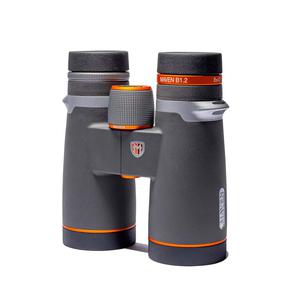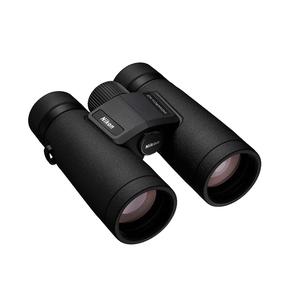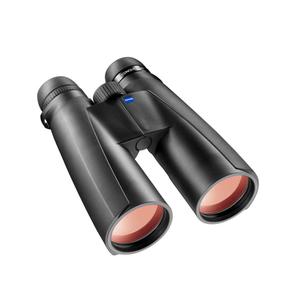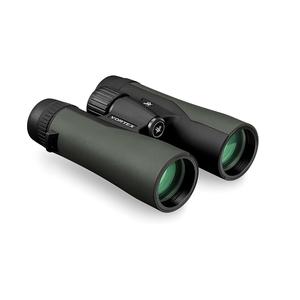What is Binocular PD (Pupil Distance)
Eyeglasses are more than a fashion statement, they are a necessity for millions. Central to the effectiveness of any pair of glasses is an understanding of pupillary distance (PD), a crucial yet often overlooked aspect.
This comprehensive guide delves into the nuances of binocular PD, its importance, measurement techniques, and its impact on both vision and comfort for eyeglass wearers.
Short answer: Binocular Pupil Distance (PD) is the measurement of the distance between the centers of the pupils in both eyes. It's a critical factor in ensuring that eyeglasses fit properly, as it helps in aligning the lenses correctly with the wearer's eyes for optimal vision and comfort. This measurement is typically expressed in millimeters.
- What is Pupillary Distance?
- Binocular PD: A Closer Look
- Understanding Monocular PD
- How to Measure Pupillary Distance
- Tips for Accurate Measurement
- FAQ about Binocular PD
What is Pupillary Distance?
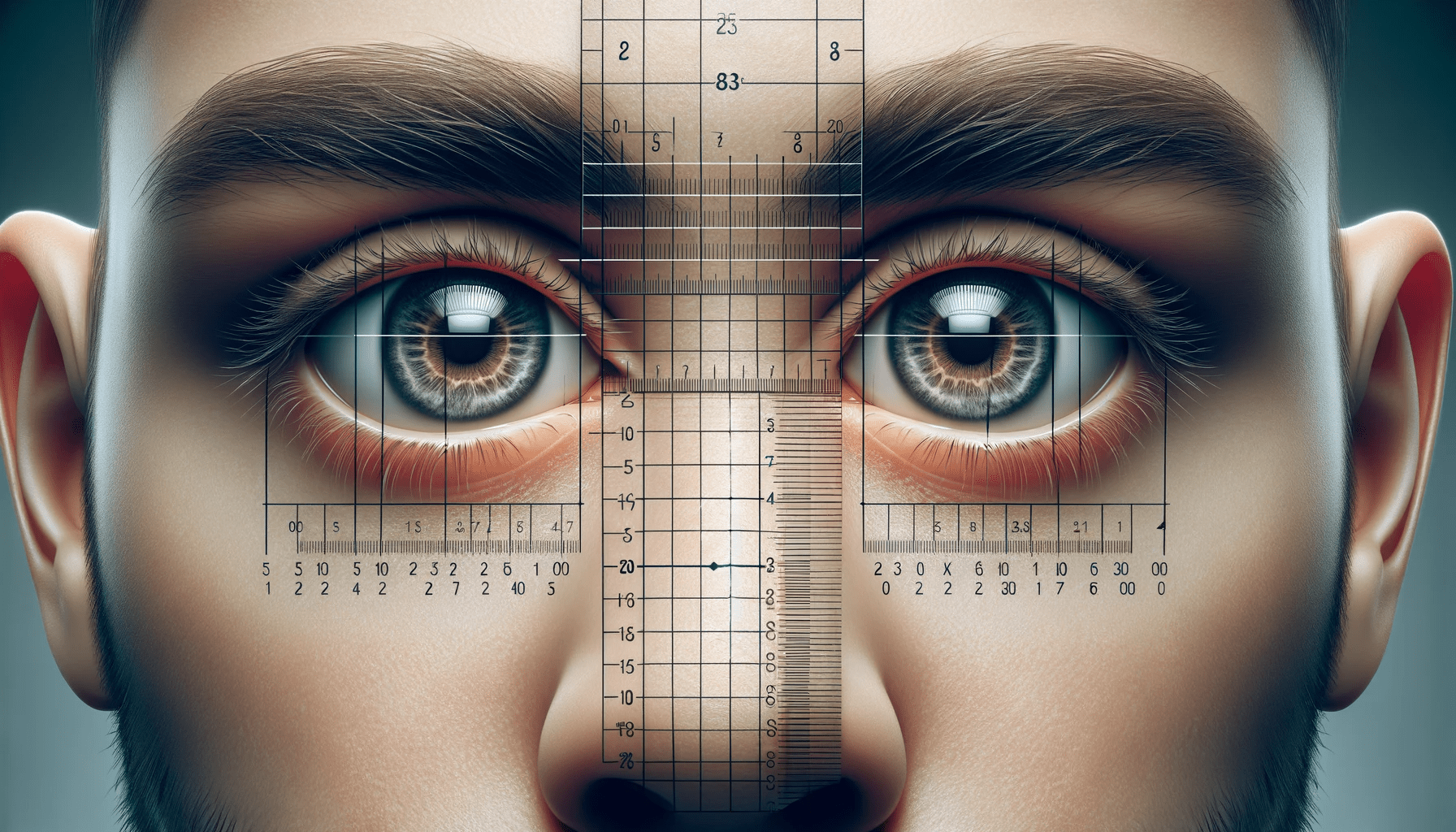
Pupillary distance, measured in millimeters, is the distance between the centers of your pupils. This measurement is pivotal in determining how eyeglass lenses are crafted and positioned. The pupils, those black circles in the middle of your eyes, are your eyes' gatekeepers, regulating the amount of light entering. Their size fluctuates based on light intensity and focal distance.
Accurate PD measurement is the cornerstone of effectively fitting glasses. When the optical center of each lens aligns perfectly with the center of your pupil, it ensures clear, sharp vision. Incorrect PD measurements can lead to eye strain, headaches, and blurred vision, significantly impacting the wearer's comfort and effectiveness of the glasses.
Binocular PD: A Closer Look
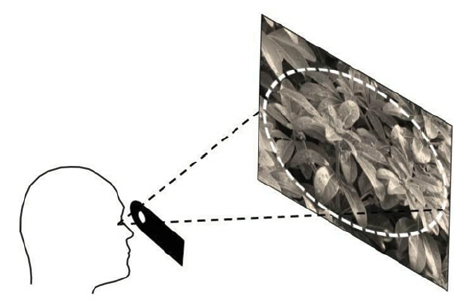
Pupillary distance can be categorized into binocular and monocular measurements. Binocular PD is the distance measured between the centers of the pupils when looking straight ahead. It's a singular number representing the measurement for both eyes and is commonly used for standard glasses, such as single vision or bifocal lenses.
For many glasses wearers, binocular PD is sufficient. It ensures that for most day-to-day activities, the lenses will provide clear, comfortable vision. This measurement is crucial in ensuring that the eyes are not strained by having to adjust to lenses that are not correctly aligned.
Binocular Pupil Distance (PD), crucial for fitting eyeglasses, also has an interesting connection to the use of binoculars. Just as PD is essential for aligning lenses to an individual's eyes for optimal clarity in glasses, the inter-pupillary distance (IPD) adjustment in binoculars serves a similar purpose. This adjustment aligns the binocular lenses with the viewer's eyes, ensuring a comfortable and clear viewing experience.
By the way, if you are looking for interesting binocular models, here are our top 4 best binoculars in 2024:
- High-End Performance at Affordable Price
- Ideal for Hunting, Birding, and Wildlife Viewing
- Enhanced Low-Light Performance
- Tack-Sharp Edge-to-Edge Vision with Deep Field
- Compact and Lightweight with Improved Light Transmission
- ED Glass Lenses Minimize Distortion
- Ideal for Birding and Wildlife Observation
- Rubber-Armored, Non-Slip Grip Design
- Waterproof and Fog-Proof for Reliable Performance
- Turn-and-Slide Rubber Eyecups for Eyeglass Compatibility
- HD Lens System for Vivid Imaging
- Best for Birdwatching and Nature Observation
- LotuTec Coatings for Scratch Protection
- Conveniently Placed Focusing Wheel for Easy Use
- Perfect for Stalking Game and Rough Terrain
- Exceptional Clarity and Color Fidelity
- Resistant to Water and Fog
- Eyecups Adjustable for Eyeglass Wearers
- Secure, Non-Slip Rubber Armor
- Includes GlassPak Harness for Easy Carrying
Understanding Monocular PD
Monocular PD, on the other hand, takes individual measurements from each pupil to the bridge of the nose. This dual measurement is particularly vital for individuals with facial asymmetry, where one eye might be slightly further or closer to the nose than the other.
For complex lens types, such as progressive lenses, monocular PD becomes indispensable. Progressive lenses feature different zones of focus, transitioning from distance vision at the top to near vision at the bottom. Precise alignment with the pupils is essential to provide a seamless transition and avoid vision distortion.
How to Measure Pupillary Distance
Typically, pupillary distance is measured by an eye care professional using a pupillometer. This instrument can be either digital or manual and provides an accurate measurement essential for crafting lenses.
With the rise of online eyewear shopping, knowing how to measure your PD at home becomes essential. While less accurate than professional measurements, it allows for a reasonable degree of precision. Here’s how you can measure your binocular PD:
Stand in front of a mirror: Position yourself approximately 12 inches away;
Use a ruler: Hold a millimeter ruler horizontally across your eyebrows;
Measure the PD: Close your right eye and align the ruler's zero mark with the center of your left pupil. Then, without moving the ruler, close your left eye, open your right eye, and note the measurement that aligns with the center of your right pupil. This number is your binocular PD.
For monocular PD, you would record the distance from each pupil to the bridge of your nose separately.
Tips for Accurate Measurement
Here are some tips for accurate measurement:
| Tip | Description |
|---|---|
| Repeat the Measurement | Ensure accuracy by measuring your PD multiple times to check for consistency. |
| Seek Assistance | Have a friend help with the measurement for greater precision, especially in aligning the ruler correctly. |
| Use Proper Lighting | Conduct the measurement in a well-lit area to clearly see and align with the pupil centers. |
| Be Precise | Small errors in measurement can significantly affect the comfort and effectiveness of your glasses. Pay close attention to the alignment and markings on the ruler. |
The Impact of Correct PD Measurement
Proper PD measurement affects more than just clarity of vision. It also plays a role in:
Reducing Eye Strain: Correctly aligned lenses reduce the effort your eyes make to focus, thereby decreasing strain.
Enhancing Comfort: Misaligned lenses can cause discomfort, headaches, and fatigue.
Optimizing Vision Quality: Accurate PD ensures the best possible vision correction, vital for high prescription lenses.
FAQ about Binocular PD

Where can I find my Binocular PD on my prescription?
Your Binocular PD may or may not be included on your prescription, depending on the ECP who issued it. Some ECPs prefer to keep the Binocular PD information to themselves, as a way of encouraging you to buy eyeglasses from them. However, you have the right to ask for your Binocular PD and get a copy of your prescription, as it is part of your personal health information.
If your Binocular PD is not on your prescription, you can either contact your ECP and request it, or measure it yourself using the methods described above. Having your Binocular PD will allow you to buy eyeglasses online or from any retailer of your choice.
What is the average Binocular PD for adults?
The average Binocular PD for an adult is about 63 mm, but this can vary widely depending on the individual. The typical range of Binocular PDs is between 51 mm and 74.5 mm for women and 53 mm and 77 mm for men.
It is not recommended to use the average Binocular PD or guess your own measurement, as this can result in eyeglasses that are not properly fitted for your eyes. A wrong Binocular PD can cause eye strain, headaches, blurred vision, or double vision.
How can I measure my Binocular PD at home?
If you want to measure your Binocular PD at home, you can use a millimeter ruler and a mirror. Here are the basic steps:
- Stand in front of a mirror (about 12 inches away);
- Hold a millimeter ruler horizontally, just above your eyes and flat against your eyebrows;
- Close your right eye. With your left eye, align the ruler’s zero mark to the center of the pupil of your left eye;
- Without moving the ruler, close your left eye and open your right eye;
- Find the millimeter mark on the ruler that is aligned with the center of the pupil of your right eye;
- Record this measurement. This is your Binocular PD;
- You may want to repeat these steps a few times to ensure consistency.
Conclusion
Understanding and accurately measuring binocular pupil distance is a critical step in ensuring the effectiveness of eyeglasses. It's not just about vision clarity; it's also about comfort and reducing eye strain. Whether you're getting measured by a professional or doing it yourself for an online purchase, the importance of accurate PD measurement cannot be overstated.
Remember, when it comes to eyewear, precision is key to unlocking a world of clear and comfortable vision.
You may also like:
